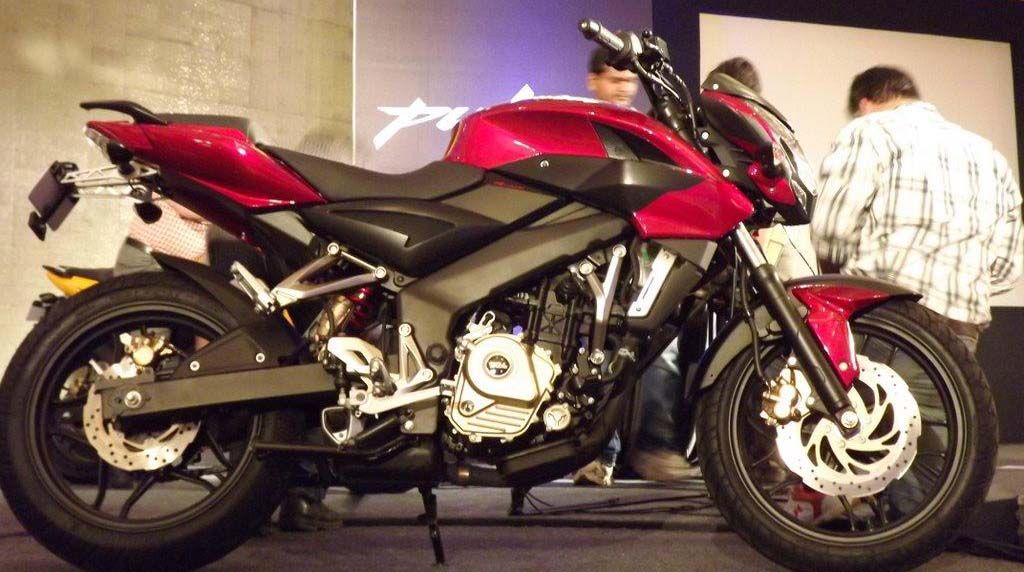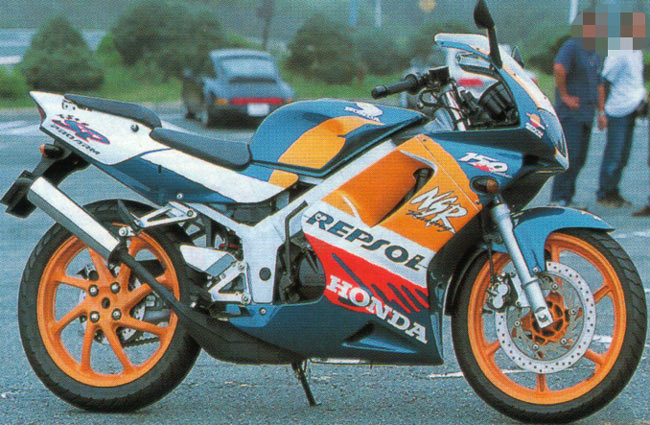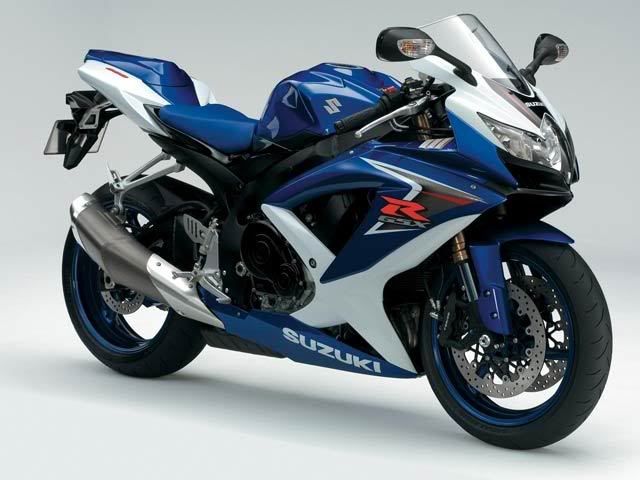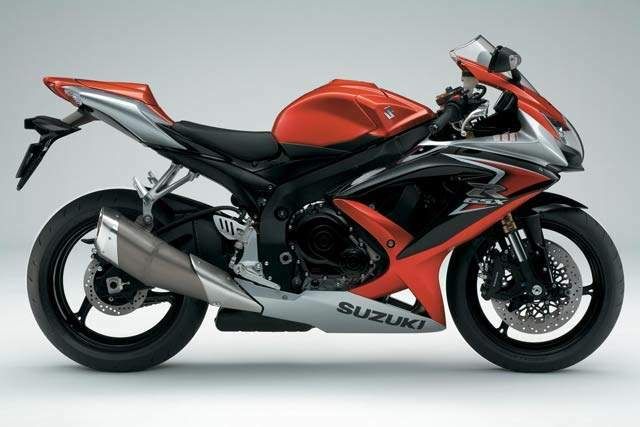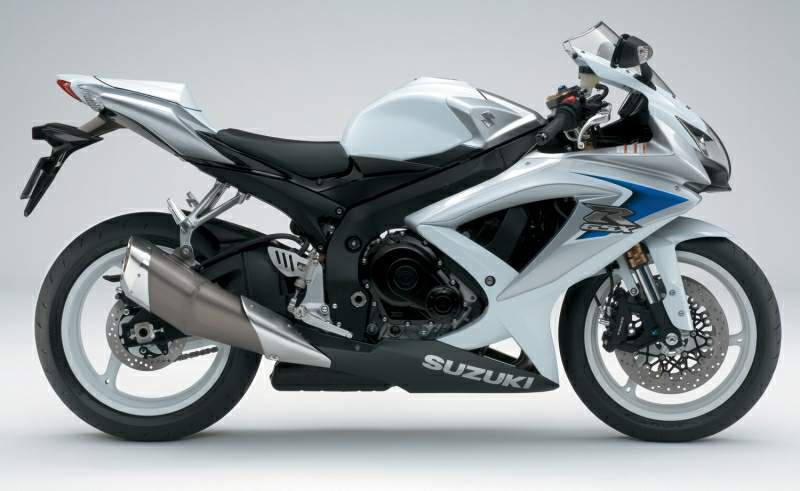
The country’s top three two-wheeler manufacturers have all dabbled in developing and testing fuel-injected engines. However, up until a couple of years ago, there was no interest among these manufacturers to come up with such an engine for their bikes.
Even now, the end to carburetion does not seem to be very near, though only two bikes in the market now have the feature. Fuel injection technology, when incorporated into the same bike, pushes up the cost when compared to its carburetted sibling. That was the case even for cars when fuel injection was introduced; buyers having had to pay a higher price.
However, the difference between cars and bikes is the fact that fuel injection had to be incorporated compulsorily in petrol-driven cars for them to be able to meet new emission standards. Whereas in the case of bikes, even though the current emission norms are among the most stringent in the world, they are being met just by adopting four-stroke technology and better exhaust systems, and despite the engine still being fed through a carburettor.
Naturally, there is not much pressure on two-wheeler manufacturers to adopt fuel-injection technology since it is not exactly necessary to meet any statutory emission requirements. The cost conscious customer in the lower half of the bike segment is also unwilling to pay more for a technology that does not offer any tangible benefits in terms of running costs.
TVS Motor says that it was one of the first to develop an in-house fuel-injected engine, though it never made it into series production. Hero Honda introduced its Glamour 125 with a similar sized fuel-injected engine and quickly managed to record it as the country’s first FI bike. However, the Glamour FI has not exactly managed to light up the market with its sales numbers. And being a bike in the fuel-efficiency and cost conscious buyer segment, the Glamour-FI was not destined to be the first choice when it continues to be offered alongside the carburetted version.
Bajaj Auto has come up with a more sensible product that features fuel injection. Logically, the buyer in the performance bikes segment is less sensitive to cost of ownership and will be willing to pay more for new technology that improves refinement and performance. He is relatively less fuel-efficiency conscious and will pay more if he is offered exclusive technology and features. So, choosing to launch its own version of fuel injection technology in the big-engined Pulsar 220 was probably the better strategy to adopt.
The Bajaj Pulsar 220 DTS-Fi was launched exclusively in Pune and Mumbai in the first quarter of this year. It has only now been rolled into dealerships nationwide after a six-month observation period, during which Bajaj ironed out product and production issues for the Pulsar 220. The wait was probably a good idea given the fact that the bike has what it will take to be at the top of the performance bikes segment.
The Pulsar 220 DTS-Fi is Bajaj’s first fuel injected bike. It shares quite a bit with the rest of the Pulsar pack and yet Bajaj has managed to load it up with enough unique, futuristic features to leave current bike buyers drooling.
Though from the front, the new top-end Pulsar seems like it is an all-new bike, at the rear, it gives away its lineage. The same alloy grab rail, the same twin LED strips at the rear tail lamp, a similar stepped, split seats for the rider and pillion and the same sharp body side panels as was featured in the Pulsar 200, continue to be available in the 220 DTS-Fi.
Refined features
The new Pulsar and its refined features seem to be like the culmination of Bajaj’s attempts at developing unique new features that have been adopted step by step into every variant of the Pulsar.
The LED tail lamp, the non-contact, backlit type switches, the digital speedometer etc., have been carried forward into the 220, and serve to further reiterate the new bike’s bloodline.
But to mark the new bike’s top-of-the-line positioning, Bajaj has endowed it with even more attractive, hi-tech features like the new headlamp cluster, the clip-on handle bars, the fuel-injected engine, rear disc brake and the new body side cladding, which gives the 220 its big bike looks.
At the front of the new Pulsar, Bajaj designers and engineers have come up with a new, broader bikini fairing that houses a new type and arrangement of bulbs.
While the twin pilot lamps have been retained on either side, the low beam and high beam bulbs have been stacked one on top of the other and now housed inside projector glass shells instead of the usual mirrored reflector.

The high beam is a compact clear lens parabolic lamp and the low beam is an ellipsoidal projector lamp. The halogen bulbs are high wattage (55W) type and are connected to the battery sourcing DC power and thereby ensure no voltage fluctuations affect the light output. The end result is a headlamp arrangement that enables the bike to offer illumination at night that almost rivals that of a car.
Mounted next to the tinted cowl are the two rear view mirrors. They are compact units with short stubs and are rubber mounted right on to the fairing, giving the bike a classy, very unique front finish. However, due to the size and positioning, they do seem to reduce the level of rear visibility for the rider.
Wrapping around the fuel tank and flowing away from the new, broader fairing is the unique plastic side cladding that adds to the Pulsar 220 DTS-Fi’s macho image.
While the same chunky fuel tank of the smaller-engined siblings has been carried forward for the 220 too, the new panels cover much of the tank. The panels are well finished and panel gaps have been minimised, though the bits of the road whizzing past that the rider gets to see can at times be distracting.
The digital instrument cluster (speedo) that has been made standard in all Pulsars is also featured in the 220 DTS-FI, only this time around there are a few more warning lights that attempt to provide timely information to the user. With a more sensitive and hi-tech fuel injected engine, the 220’s digital instrument panel also features a choked air filter indicator, high oil temperature and low battery voltage indicators and a low engine oil level warning lamp.
There is also an engine malfunction indicator that doubles up as a low fuel (reserve) indicator. Since the ‘Fi’ engine uses an electric fuel pump, the low fuel indicator is important so that the bike doesn’t end up with a pump failure.
That long list of novel features that Bajaj has come up with for its new benchmark in performance biking doesn’t end here. Adorning the six-spoked, 17-inch alloy wheels are new tubeless tyres, a first for an Indian bike.
Tubeless tyres being lighter, more heat resistant and durable, will in the long run deliver good performance for discerning buyers in this segment.
The 230mm disc brakes in the rear wheel, in addition to the 260mm disc with twin calipers in the front, also ensure more sure-footed braking for a bike that is clearly the most powerful in this segment.
The thick elliptical swing arm, the naked chain and the ‘fat-boy’, matt-silver finished silencer are all features that further boost the Pulsar 220 DTS-Fi’s street-racer image. Exhaust note of the 220 is soft, yet raspy and gets progressively loud at higher engine rpms.
Technology showcase
The engine in the new Pulsar 220 DTS-Fi is the technology showcase for Bajaj. Developed in-house, this bike’s engine features fuel injection instead of the conventional carburetion. DTS-Fi or digital twin spark fuel injection continues to have two spark plugs like in the other Pulsars.
However, instead of the carburettor that enables the other Pulsar engines to breathe and take in fuel, the 220 DTS-Fi engine features an injector that sprays fuel directly into the combustion chamber. In turn, an electronic control unit (ECU) regulates the injector. The ECU is a microprocessor-based system that is the command centre of the engine and bases its instructions to the fuel-injector on the feedback it receives from an array of sensors.
The ECU considers various parameters such as engine temperature, throttle position, engine speed, etc., before sending the relevant command to the injector ensuring optimum fuelling and spark timing under different operating conditions.
Power packed
Making the 220 a fuel-injected engine has enabled Bajaj to squeeze out the most power from the bike. Bajaj’s in-house ExhausTEC resonator technology for improving torque at low engine rpm has also been carried forward into the new 220.
The bike’s throttle response, ability to accelerate in spurts and the amount of low-end torque available in each gear slot is testimony to the benefits that fuel injection has brought to this engine. The 220 DTS-Fi generates a class-leading peak power of 20PS and a maximum torque of 19.12Nm at 6,500 rpm.
The Pulsar 220 DTS-Fi comes with a five-speed gearbox with the internationally popular one down, rest up shift pattern. Gear shift quality and clutch feedback are good, with false neutrals also being almost non-existent. While the toe-shifter adds to the overall big bike image of the Pulsar 220, the absence of the heel shifter may irk some users.
The front fixed fairing and large side panels will also need some getting used to for bikers who have recently upgraded from the lower ‘cc’ segments, where the fairing is mounted to the handle bar. This issue will come up when bikers attempt to ease out the bike from particularly tight parking slots that are the norm in most cities in India.
Priced at about Rs 80,000 (ex-showroom), the Pulsar 220 DTS-Fi doesn’t come cheap. But, it is loaded enough to take on competition and, in fact, could set a new benchmark in the premium performance bike segment.
Source:- Thehindubusinessline


